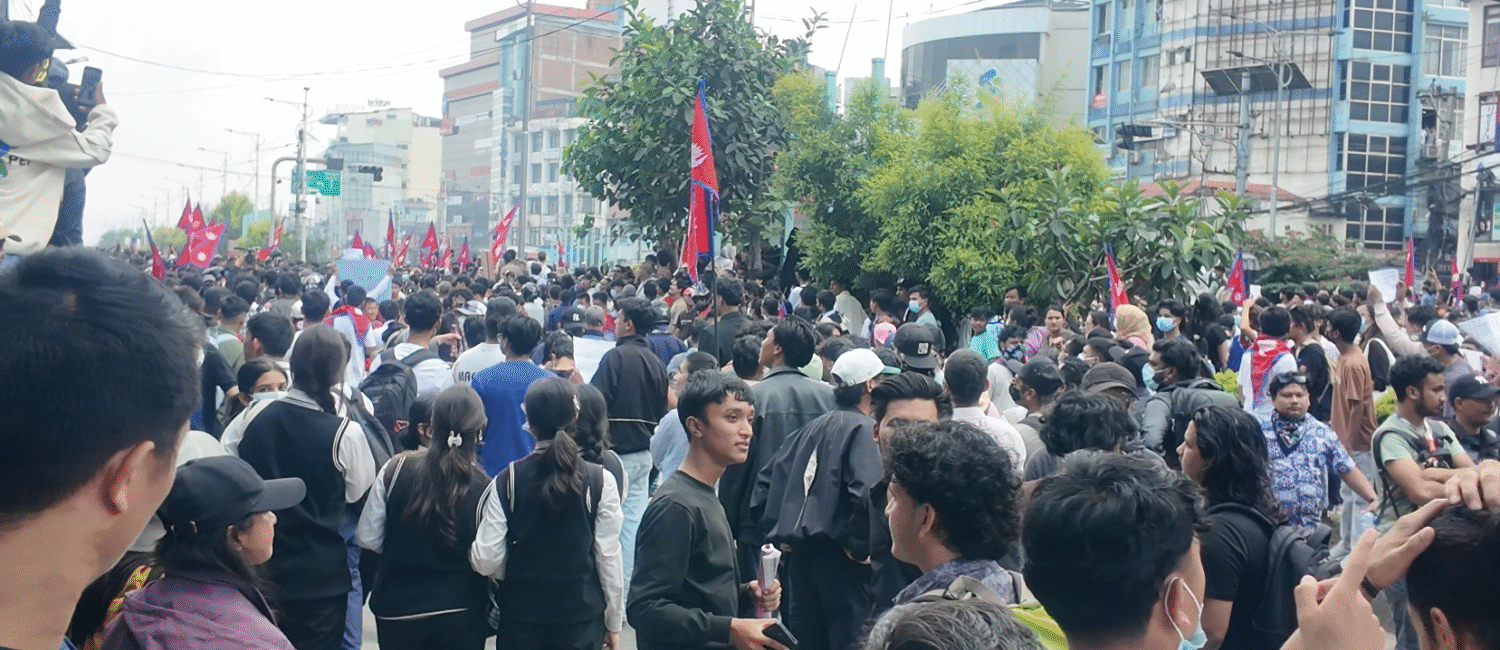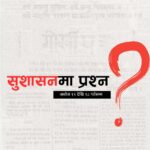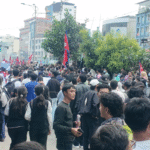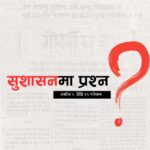It’s been a month since September 8 — the day Nepal’s streets echoed with the voices of a generation that refused to stay silent. Thousands of young people, many protesting for the first time in their lives, walked from Maitighar to Baneshwor demanding good governance, accountability, and a better future.
They were not asking for luxury. They were asking for honesty — for a system that works, for leaders who listen, and for a future they can believe in. But instead of listening, the state responded with bullets. Nineteen lives were lost, dozens were critically injured, and more than a thousand were hurt. And as if to add insult to injury, the government decided to ban social media — cutting off the very platform where this generation has learned to question, connect, and express.
A month later, those memories are still raw. The faces of the dead have turned into symbols of resistance. The grief of their families remains unanswered. And Nepal, once again, stands at a crossroad.
How Did We Get Here?
This wasn’t just a sudden outburst. For years, young people have been silently watching the cycle of politics — the same leaders, the same speeches, the same promises. Ten years after the Constitution of Nepal the dream of an inclusive, fair, and prosperous Nepal still feels incomplete. Madhesh continues to demand constitutional amendments; marginalized voices remain unheard; and opportunities keep shrinking.
In a country where three men have rotated the prime minister’s seat for over a decade, frustration was inevitable. Educated youth found themselves either unemployed or underpaid. Corruption became so normalized that people stopped expecting accountability. The Gen Z protest was born out of this exhaustion — a collective cry that said, “We deserve better.”
One Month On: Justice, Uncertainty, and Information Chaos
After the protest, political events unfolded at a dizzying pace. The then Prime Minister resigned. The House was dissolved. Nepal got its first-ever woman Prime Minister, Sushila Karki, under an interim government. A Judicial Inquiry Commission, led by former Chief Justice Gauri Bahadur Karki, was formed to investigate the killings.
But as days pass, questions grow louder:
Will there be fair investigation? Will those responsible ever face justice? Or will this too fade into history like so many commissions before?
At the same time, the country is drowning in confusion. Conspiracy theories, geopolitical rumors, and misinformation flood social media. From claims of foreign funding to accusations against NGOs, truth has become harder to find. The information crisis is real — and it’s dividing people at a time when the nation needs unity the most.
Even within the Gen Z movement, differences in agendas and leadership are visible. The energy is still there, but it’s scattered — a reminder that even the most powerful wave needs direction to make impact.
Political Timeline: Bhadra 23 (8th September – Ashoj 23 (9th September), 2082 (2025)
- Bhadra 23–24 (Sep 8th -9th): Gen Z protest; PM KP Oli resigns; President calls for government formation.
- Bhadra 27 (Sep 12th): Sushila Karki appointed as interim Prime Minister; House dissolved; elections announced.
- Bhadra 29–30 (Sep 14th -15th): Cabinet formed and expanded.
- Asoj 5–6 (Sep 21st -22nd): Judicial Inquiry Commission and Reconstruction Fund established.
- Asoj 8–9 Sep 24th – 25th): Voter list ordinance issued; voter registration resumed; PM addresses the nation.
- Asoj 12–21 (Sep 28th – 7th Oct): Passports of former leaders frozen; Election Commission announces election date for Falgun 21 (5th March).
A Wait-and-Watch Moment
This one month has felt like living in fast-forward — protests, resignations, a new government, and an upcoming election, all within days. It’s been chaotic, emotional, and uncertain.
Now, as the election date nears, there is a cautious hope in the air. Some believe that this could mark a new beginning. Others fear it might just be another chapter of the same old story. The government hasn’t yet initiated dialogue with major parties or protest groups, and the call for party-less participation from Gen Z groups adds a new layer of complexity.
Nepal today feels like it’s holding its breath — suspended between change and confusion.
But one thing is clear: the Gen Z protest has changed something fundamental. It reminded the nation that youth are not passive observers anymore. They are aware, emotional, angry, hopeful — and watching closely.
If the state still chooses not to listen, the streets might speak again.






